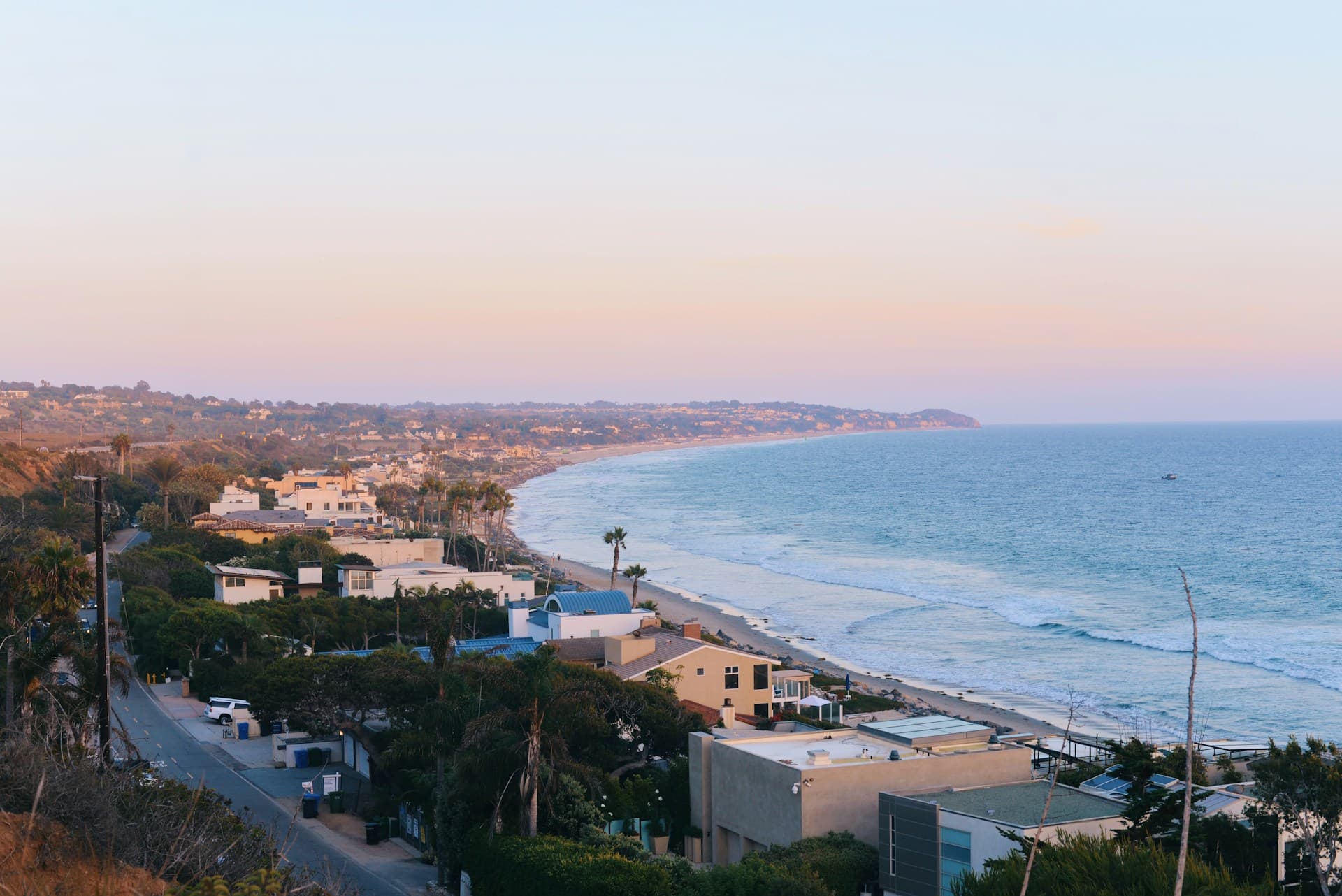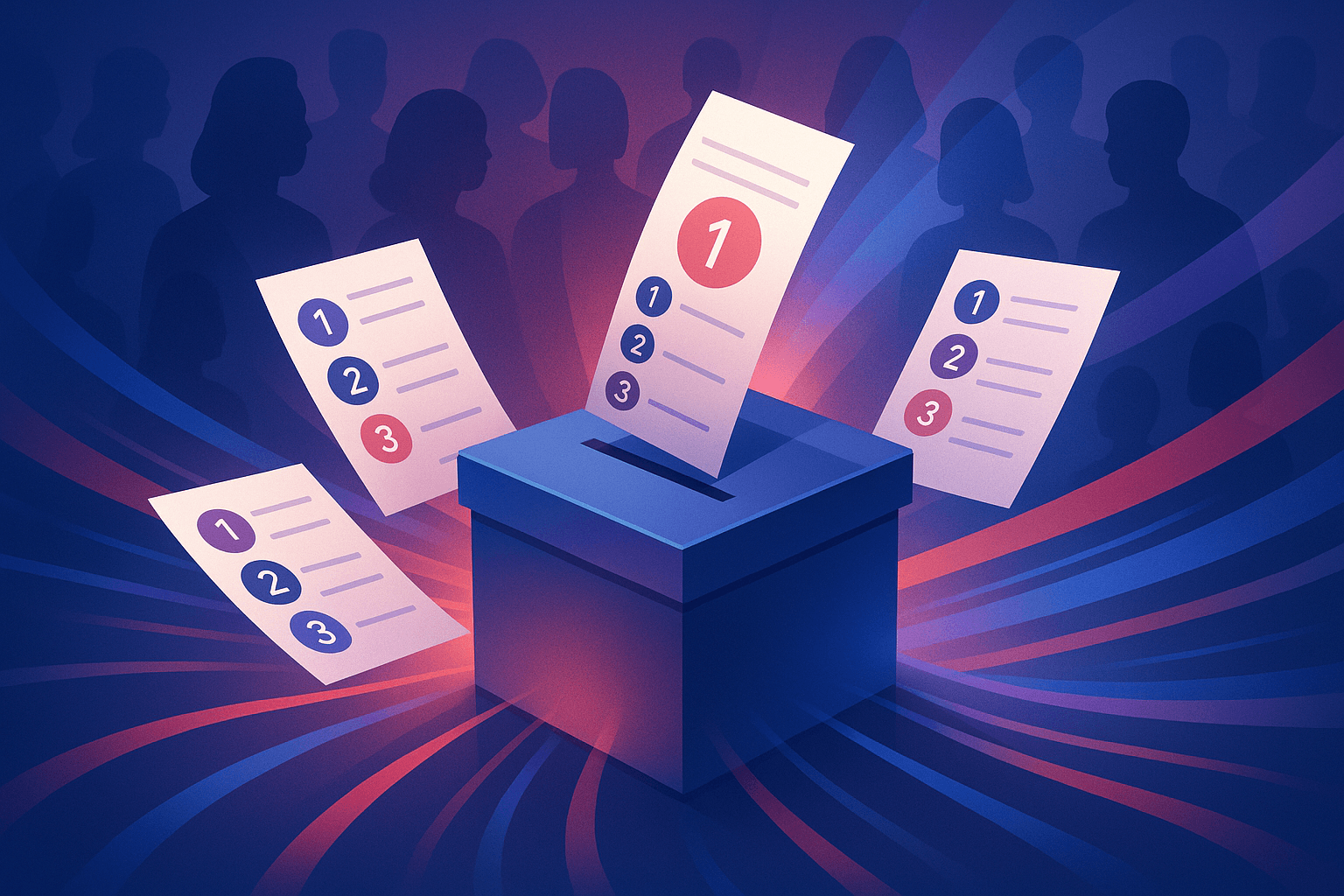Small-scale solar power presents challenges for California power grid

California's antiquated electrical grid was never designed to handle large amounts of decentralized power. But that's precisely what it's getting now from tens of thousands of small-scale solar installations on homes and businesses.
The power flows both ways, and unpredictably. This puts stress on the grid, which was never built to handle sudden and unexpected inflows and outflows of power. As more people install solar at home and at small businesses, the challenges of handling it will only increase.
"We're moving from an abstract problem … to a pressing need to maintain grid reliability," says Michael Peevey, president of the California Public Utilities Commission. Currently, there are about 78,000 small solar power systems in California generating 800 MW. This is a trifling amount compared to what California uses on a daily basis, which is currently around 27,000 MW or 27 GW (A megawatt is approximately enough to power 650 homes.) Imagine the stress on the grid when small-scale solar (and wind power) is generating, say, 5 GW? That day is coming, so grid operators are planning for an increasingly distributed and renewable energy future.
The answer, it seems to me, is to store energy in batteries for future use. This is already mandatory for grid-tied small solar which must store power in batteries for safety reasons. If the grid fluctuates or there is a blackout, the system isolates itself from the grid and operates on battery power. This prevents it from sending power back into the grid when, say, power company employees are fixing a downed phone pole and aren't expecting power to be coming at them from a house. Obviously, this could be dangerous. However, in contrast to small solar, stored power for grid-scale renewable energy is just starting to be implemented.
The Hawaiian Electric Company (HECO) in Oahu had so much small solar power that they were on the verge of saying 'no more installations because our grid can't handle it'. Afternoons there frequently have some clouds, so thousands of solar systems routinely generate power, then stop, sometimes within seconds, only to repeat the process. However, a new wind farm there outputs 30 MW and stores 15 MW in batteries, thus greatly smoothing power into the grid as well as providing backup power.
Such smoothing of the power supply is crucial. If voltage (the amount of power in a system) drops, then amperage increases. This means devices and components begin heating up. Solid state devices in particular have problems with heat. The advent of electric vehicles and plug-in hybrids further complicates this as they will generally be plugged in at night when the sun isn't shining. This makes it even more imperative that stored energy, coupled with a smart grid that can anticipate fluctuations, be a part of our grid, sooner rather than later.



